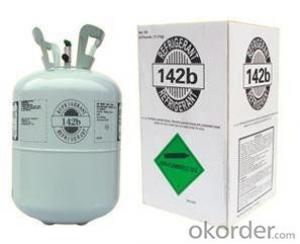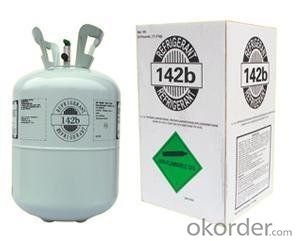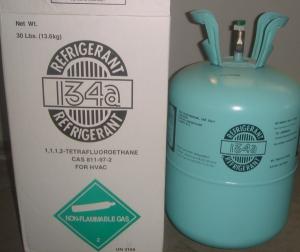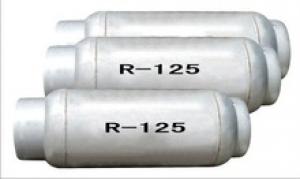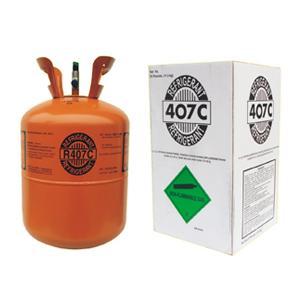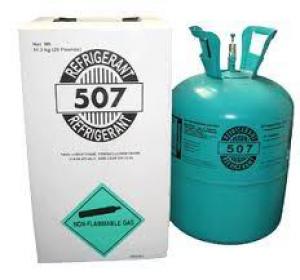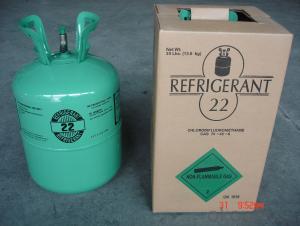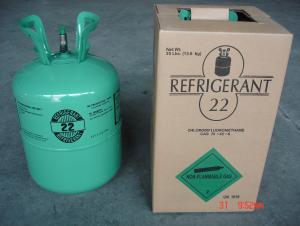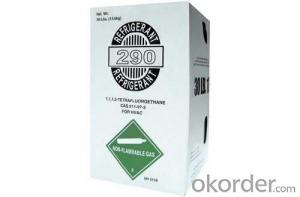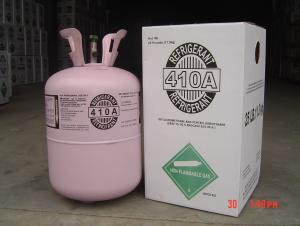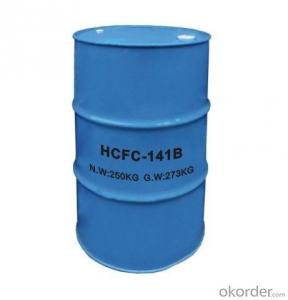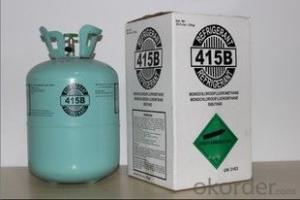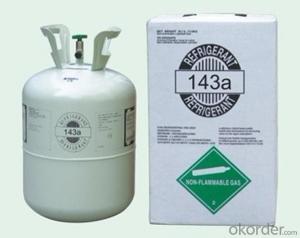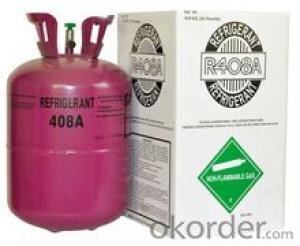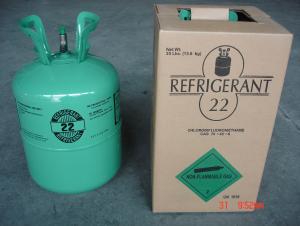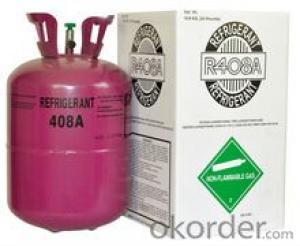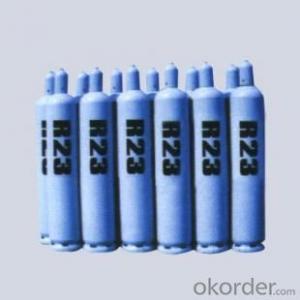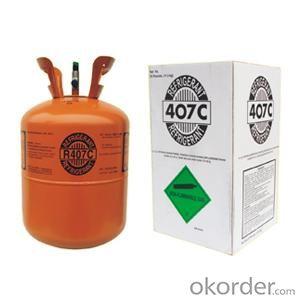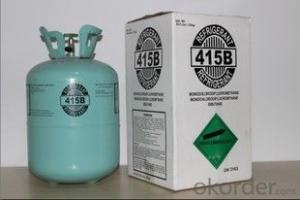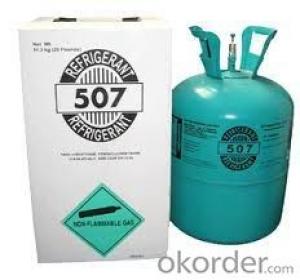Refrigerant R142b Gas
- Loading Port:
- Shanghai
- Payment Terms:
- TT OR LC
- Min Order Qty:
- -
- Supply Capability:
- 1000MT m.t./month
OKorder Service Pledge
OKorder Financial Service
You Might Also Like
Specifications
1.OEM is accepted
2.Good sevice aftersale
3.Reasonable price
4.Delivery time:10 days
5.Accept deffrient packages
142b refrigerant
it is used for temperature control of the media and aviation propellant intermediates. Also used as chemical raw materials.
Property of chloride:
Formula: CH3CCLF2
Molecular weight: 100.5
B. P., °C: -9.8
Critical temperature,,°C: 136.45
Critical pressure, MPa: 4.15
Critical density, g/cm3: 0.495
Liquid density, g/cm3 30°C: 1.096
Vapor pressure(absolute pressure),21.1°C MPa: 0.3
ODP: 0.0133
Quality standard:
Appearance: Colorless, no turbid
Odor: Odorless
Purity, ≥%: 99.9
Water, ≤%: 0.001
Acidity, ≤%: 0.0001
Residue on evaporation, ≤%: 0.01
- Q: Why does toluene not belong to the derivatives of hydrocarbons?
- Hydrocarbon: sound tīng, is composed of two elements of carbon and hydrogen organic compounds known as hydrocarbons, also known as hydrocarbons. It reacts with chlorine, bromine, oxygen and other hydrocarbons to produce derivatives of hydrocarbons. Such as methane and chlorine in the light conditions of reaction to produce methyl chloride, dichloromethane, chloroform and chloroform (carbon tetrachloride) and other derivatives. The concept of derivatives is hydrocarbon and chlorine, bromine, oxygen and other reaction products. While toluene is not methyl and benzene, she is a whole noun is aromatic. Also known as aromatic hydrocarbons. Generally have one or more six-ring (benzene ring) with a special structure. The simplest aromatic hydrocarbons are benzene, toluene, xylene. There is also naphthenes. As the name suggests it is a ring structure. The most common is the five carbon atoms or six carbon atoms of the ring, the former called cyclopentane, which is called cyclohexane. The molecular formula of the cycloalkane is of the formula CnH2n. Cycloalkane is also called cycloalkane hydrocarbons. And alkanes. Is a carbon atom between the single bond phase chain hydrocarbon. Since the number of atoms that make up the hydrocarbon and hydrogen is different, the result is that the petroleum contains hydrocarbon molecules with large and small differences. Alkanes are named according to the carbon atoms and numbers contained in the molecule, and the number of carbon atoms is less than 10, from 1 to 10, followed by a, B, C, D, E, G, Alkane to say that the number of carbon atoms in more than 11, with the number that thank you to adopt
- Q: Organic organic compounds are organic matter?
- Organic polymer compounds are organic matter
- Q: What is the relationship between hydrocarbon and hydrocarbon derivatives?
- The hydrocarbon is the parent of the organic compound, and the other various organic compounds can be regarded as derivatives of one or more hydrogen atoms in the hydrocarbon molecule being replaced by atoms or radicals of other elements.
- Q: Are the asphalt and peat kinds of vegetables have heavy metal?
- Asphalt is composed of different molecular weight hydrocarbons and non-metallic derivatives of dark brown complex mixture, is a high viscosity organic liquid, was liquid, the surface was black, soluble in carbon disulfide. Asphalt is a waterproof moisture and corrosion of organic cementitious materials. Asphalt can be divided into coal tar pitch, petroleum asphalt and natural asphalt three: Among them, coal tar pitch is a by-product of coking. Petroleum asphalt is the residue after distillation of crude oil. Natural asphalt is stored in the ground, and some of the formation of ore or in the crustal surface accumulation. Asphalt is mainly used for coatings, plastics, rubber and other industries and pavement and so on.
- Q: The functional group of the derivative of the hydrocarbon
- Common functional groups are: carbon-carbon double bond, -OH-COOH-CHO-NH2, often react, replace (including halogenation, nitration, sulfonation, esterification, hydrolysis, etc.), addition, elimination, addition polymerization , Organic matter oxidation and reduction, color and so on.
- Q: What are the derivatives of hydrocarbons?
- Including alcohols, acids, aldehydes, ethers, esters, halogenated hydrocarbons and the like
- Q: Cracked
- It is almost impossible for this problem to look at your reaction conditions. Generally speaking, the alkane reaction is mainly difficult to decompose directly into ions
- Q: What is the most primitive person on earth?
- In the 4 billion years ago, the Earth's water environment, the atomic group into molecules, the formation of a new four-balance body, and the Earth in the formation process, has gathered a lot of interstellar organic molecules, these molecules combined into macromolecules, Of the gravitational field and the anti-gravitational field to find the appropriate combination of objects. Macromolecules, molecules and atoms are also dependent on the formation of the force field to find the appropriate combination of objects, the formation of a new complex four-force balance body, where the gravitational field to play a long-range attraction (5-20 atomic diameter), which It also limits the macromolecules to obtain the desired combination of objects on a large scale, so macromolecules are combined into a moving tissue form, the most primitive marine microorganism. The macromolecules that move can mainly use the method of orienting the electromagnetic force to gradually develop into the original tissue that can swim in the water, so they can obtain a large amount of food (four-force balance) and accumulate some molecules in the body , These molecules in the original microbial parent force field guidance, combined with the mother similar to the new micro-organisms, these primitive microorganisms is essentially a complex macromolecule formation of the four balance body, which is the prototype of biological gene replication.
- Q: What is the difference between hot and cold asphalt?
- Grandmother next door aunt is the street to sell stewed meat, a child often see her burning a pot of hot asphalt pork hair, black asphalt boiled immediately leaching in the meat, and so dry quickly pull it down, pork will Change very clean and white, clean the meat will be directly thrown into the pot halogen system, this method relative to the traditional plucking save time and effort a lot. Here, please bloggers blame me to come to funny, because the end of the story is not funny, that aunt's little sister in the sixth grade when suffering from leukemia away, adults say with her home burning asphalt There are relationships, eighteen years later, and she only a few side of the edge of the I actually remember the full name of her sister, her looks, the tone of her voice, we played the game and we were a very curious In the asphalt pot to see the scene of pig hair ... ... hope that each parents do not ignore the child's growth in the small problem.
- Q: Are hydrocarbons are hydrocarbons and that alcohols? Is it carbon dioxide?
- Is a hydrocarbon derivative.
Send your message to us
Refrigerant R142b Gas
- Loading Port:
- Shanghai
- Payment Terms:
- TT OR LC
- Min Order Qty:
- -
- Supply Capability:
- 1000MT m.t./month
OKorder Service Pledge
OKorder Financial Service
Similar products
Hot products
Hot Searches
